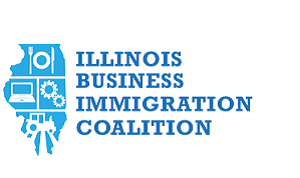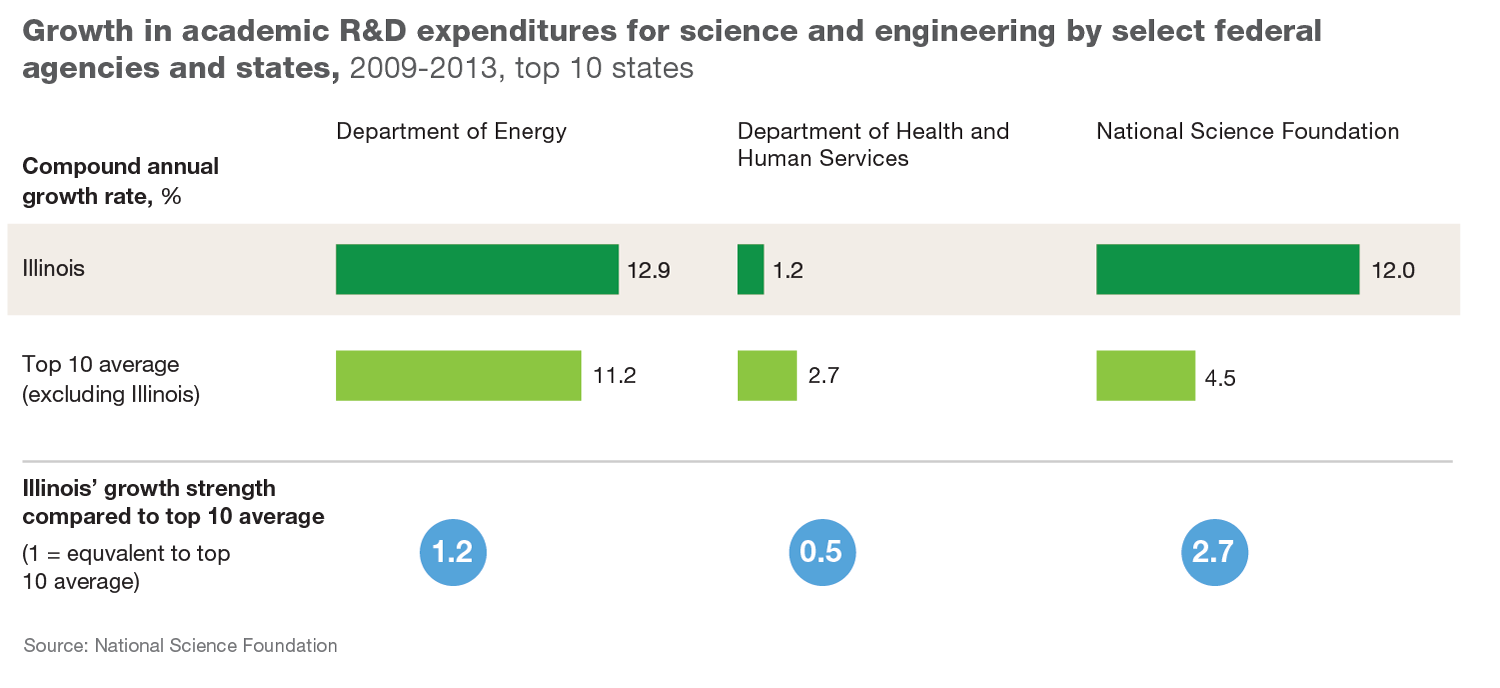By Illinois Reps. Dan Lipinski (D-3) and Randy Hultgren (R-14)
Illinois has an ecosystem of innovation that puts us in a place to lead the nation in a number of high tech fields, and our nation’s historic commitment to basic scientific research has put the people and infrastructure in place for our state to reap the benefits.
With our nation’s current budgetary constraints, it is now more important than ever to reaffirm this commitment. In doing so, we must also make sure to leverage existing resources to better link facilities and expertise so our researchers trying to start a business know what they need for a business plan and investors know the resources that are available in Illinois.
As both of us represent Department of Energy national laboratories, we have a unique insight into the work being done by the Federal Government and how the ecosystem can be improved. Last year, the House passed legislation to allow greater flexibility for the national labs in negotiating technology transfer agreements. A number of bills, including the TRANSFER Act, began targeting the valley of death by allowing limited pre-commercial proof of concept funding so researchers can better position themselves when seeking capital for the next great idea.
The focus here is on ensuring a high return on investment on federal research dollars by creating an efficient technology transfer process. As an example, consider the battery research done by scientists at Argonne National Laboratory in Lemont, IL. Some of the results of that research were licensed from Argonne and were included in the Chevy Volt, helping American manufacturers get a technological “leg up” on their global competition.
But we can do better. That battery technology was licensed to Envia Systems in California, and to BASF, which built a factory in Ohio to manufacture parts. If there were targeted programs to help commercialize technologies near where they were developed then those manufacturing jobs would have been Illinois jobs.
Initiatives like the Regional Innovation Program help by improving coordination between existing technology clusters, and helping to establish new ones. We recently led a letter along with 10 other members from the Illinois delegation [1] in support of an Illinois Regional Proof-of-Concept Network grant through this program. This grant, which was supported by more than 40 research institutions, companies, and economic development organizations from across the state, would allow researchers to do needed pre-commercial work on a discovery to de-risk it before making the leap to form a startup and connect with experts, investors, and industry partners along the way.
Other programs like the National Science Foundation’s Innovation Corps help researchers by giving them training in how to commercialize an idea. Focused on getting scientists out of the lab and talking to potential customers, the program trains scientists how to think like an entrepreneur, test business hypotheses, and make necessary changes quickly without burning through precious startup capital. In only 18 months the teams that have gone through the I-Corps program at the University of Illinois have attracted over $4 million in private sector funding.
With the work the Illinois Science and Technology Coalition has done compiling the Illinois Science and Technology Roadmap and the Illinois Innovation Index, private entities and government alike will be able to better assess strengths that we should be exploiting. It also gives us, as members of Congress, the stories we need so we can better advocate for Illinois’ interests.
As the recently published Illinois Innovation Index shows, Illinois’ researchers are successfully competing for federal funding despite an increasingly competitive landscape. The analysis revealed that whereas overall national university R&D expenditures grew by just 0.4 percent between 2012 and 2013 (the latest available data), Illinois’ expenditures increased by 4.5 percent. This federal funding supports over 42,000 researchers and personnel in Illinois, an increase of almost a 1,000 since 2010. Illinois’ growth in funding is driven by the National Science Foundation (NSF), Department of Energy (DOE), and the NIH, agencies whose R&D priorities align most closely with Illinois’ strengths in materials science, chemistry, computing, physical sciences, and biomedical research (see chart below).
Basic scientific research, in our labs and universities, is what will always drive innovation. In order to maintain our expertise in certain fields we will need to make tough choices, especially given the constrained funding environment. But we must also be cognizant of what we have to lose by not supporting this work. It is not just a researcher that loses a grant or a student that loses or a mentor. There is a multiplier effect. We lose the spinoff that could be a thriving small business. We lose the next cure that unexpectedly arises out of an obscure research area. We must do all we can to prevent that, and showing our colleagues the success stories happening in Illinois can help.
Watch and Listen
Rep. Randy Hultgren discusses federal funding for science and why it should be made a higher national priority | Science 2034
Rep. Bill Foster advocates for scientific R&D
Learn
- Illinois Innovation Index: Illinois academic R&D expenditures reach record levels
- The Illinois Science and Technology Roadmap: using a unique data and analysis approach to identify technology areas where Illinois’ innovation strengths can improve business competitiveness across the state’s diverse industry base
- AAAS: A primer on recent trends in federal R&D budgets
- STAR METRICS®: a federal and research institution collaboration to create a repository of data and tools to assess the impact of federal R&D investments
More News
- Rep. Dan Lipinski helps spur launch of new Department of Energy office that will drive innovation and create jobs
- Rep. Bill Foster appointed to House Science, Space, and Technology Committee
- President Obama’s budget bets on STEM education, manufacturing to boost American middle class
- Illinois Innovation Index points to strong activity from universities
- Chicagoland Small Business Outlook Survey reveals optimism, concerns of local small businesses
- STEM education is making waves in Lake County classrooms
- Illinois Science & Technology Coalition reflects on productive 2014
Illinois Innovation Network Featured Resource:
Illinois Innovation Network Featured Resource: Each month, the Illinois Science and Technology Coalition features a service or resource available to innovators and entrepreneurs in the state of Illinois on the Illinois Innovation Network. To learn more and add your resource to the Network, click here.  The Illinois Business Immigration Coalition provides a voice for Illinois businesses in support of common sense immigration reform that supports Illinois’ economic recovery, provides Illinois companies with both the high-skilled and low-skilled talent they need, and promotes the integration of immigrants into our economy as consumers, workers, entrepreneurs and citizens. Continue reading at Illinois Innovation Network
The Illinois Business Immigration Coalition provides a voice for Illinois businesses in support of common sense immigration reform that supports Illinois’ economic recovery, provides Illinois companies with both the high-skilled and low-skilled talent they need, and promotes the integration of immigrants into our economy as consumers, workers, entrepreneurs and citizens. Continue reading at Illinois Innovation Network![]()


